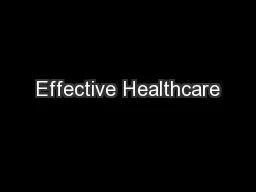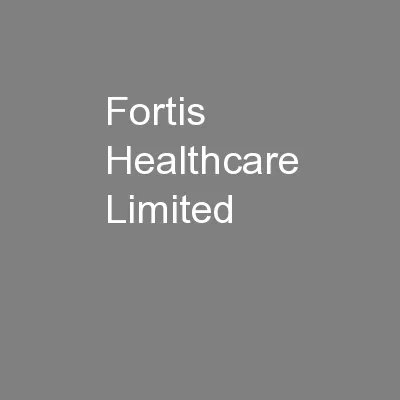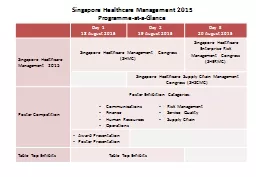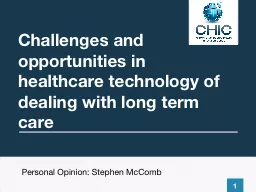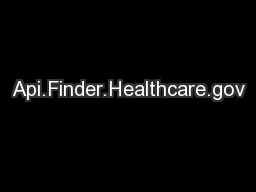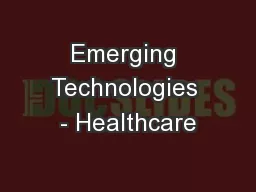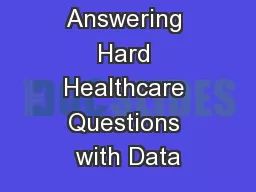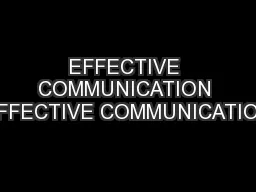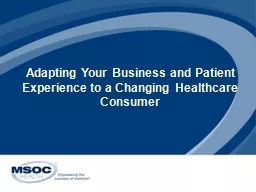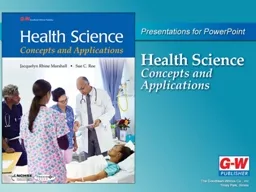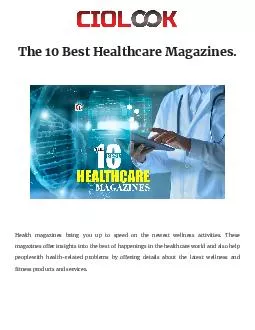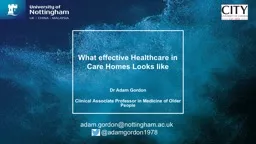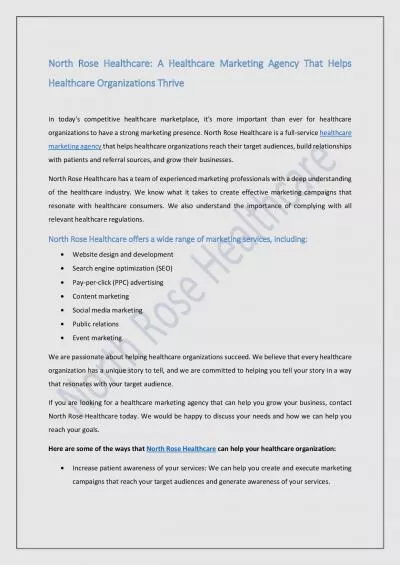PPT-Effective Healthcare
Author : kittie-lecroy | Published Date : 2016-11-06
Informatics Teaching Strategies Finding the Right Road AMCIS 2012 HealthIS Professional Workshop Panel presentation and discussion by Gary Hackbarth Northern Kentucky
Presentation Embed Code
Download Presentation
Download Presentation The PPT/PDF document "Effective Healthcare" is the property of its rightful owner. Permission is granted to download and print the materials on this website for personal, non-commercial use only, and to display it on your personal computer provided you do not modify the materials and that you retain all copyright notices contained in the materials. By downloading content from our website, you accept the terms of this agreement.
Effective Healthcare: Transcript
Download Rules Of Document
"Effective Healthcare"The content belongs to its owner. You may download and print it for personal use, without modification, and keep all copyright notices. By downloading, you agree to these terms.
Related Documents

